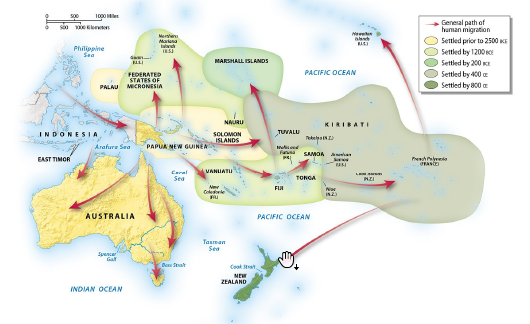Suppose the eye of a hurricane passed directly over you, and you survived the experience. If winds were from the northeast as the eyewall first approached you, from what direction did the winds blow when the eyewall reached you the second time?
a. ?NW
b. ?NE
c. ?SE
d. ?SW
e. ?N
ANSWER: d
You might also like to view...
By approximately what year was Australia settled by Aborigines?

A) by 400 CE
B) by 2500 BCE
C) by 1200 CE
D) by 200 BCE
E) by 1200 BCE
Today, more than 50% of the U.S. importation of oil comes from
A) Saudi Arabia. B) Afghanistan and Iraq. C) the Western Hemisphere, especially Canada. D) China.
Which of the following types of studies was the most critical in proving that sea-floor spreading actually occurs?
A. Mapping of glacial ice in Greenland & Antarctica. B. Studying volcanic eruptions around the Ring of Fire. C. Drilling oil and gas wells on the continental shelves. D. Paleomagnetic studies of oceanic crust. E. Mapping of the ocean floor during World War I.
Why do scientists consider any hypothesis valuable?
A) A hypothesis requires no further investigation if it is proved by the experiment. B) A hypothesis can be used to explain a conclusion even if it is disapproved by the experiment. C) A hypothesis requires no further investigation. D) A hypothesis may lead to further investigation even if it is disapproved by the experiment.